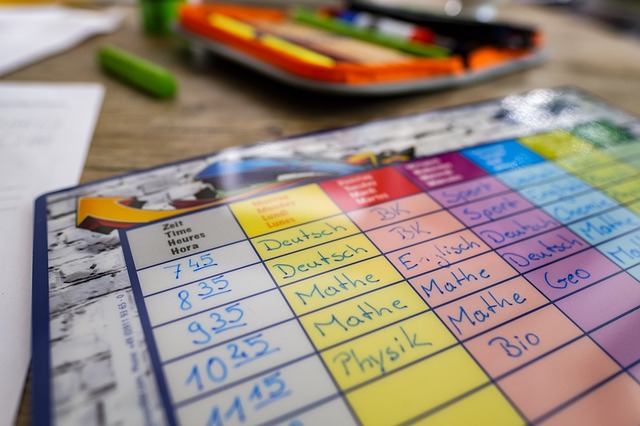

How Spacing And Interleaving Help Students Prepare For Exams
Spacing and interleaving are two effective learning strategies based on cognitive sciences. They both involve planning one's study schedule ahead and sticking to it. Simply put, spacing is the opposite of cramming. And interleaving is the opposite of revising an entire subject at once.
Imagine you decided to run a half-marathon in 6 months. What would you do to to prepare for the race? Option A is to watch videos of past marathons for the first 5 and a half months and then run 15 hours a day during the last two weeks. Option B is to work out only legs for the first three months and then work out only arms for the final three months. Option C is to have a training schedule where you shift between running, working out arms and legs and you spread out your time over the entire preparation period.

I think it’s very logical to assume that Option C is the best one. It is the same idea with our learning. To be even more prepared for their GCSE and A Level exams, students should not wait until the last minute to start studying. Instead, they should do small chunks of studying spread out over time. When they cram, not only they get tired, but they also do not learn as much as they could. Secondly, pupils should swift between different topics or subjects. Instead of revising the entire Chemistry content in a week, and then moving on to the entire English content, they should plan to do a bit of each interleaved. As Prof Doug Roher has discovered, this technique is particularly good when studying Maths and Sciences..
As Jonathan Firth says, “The key thing is to mix up lots of different types of problems/questions rather than present them categorised by type”
How To Create An Effective Revision Timetable
Here are a few tips to help your students create their study or revision timetable.

1. Adopt short slots
Just like our muscles, our brain gets tired of doing the same thing for too long. There is no point in spending hours studying the same topic, because we simply stop learning after a while. Your students are much better off allocating short (max. 1 hour) slots to each subject or topic and then switching to a new one.
2. Switch between topics
For example, students can study 1 hour of Biology, then 1 hour of English, then 1 hour of RS. A couple of days later, they can repeat the same schedule.
3. Include breaks
Once again, our brain is quite similar to muscles. At the gym, we usually do one series, rest for a few seconds, and then to the second one. During your revision, pupils should give themselves a couple of minutes to rest in between studying for different topics. That will give them a boost of energy for the next one.
4. Mix it up
The most effective way to revise is to practise answering questions. If students are revising more than one topic within the same subject, they can try mixing the questions. For example, if they are revising trigonometry, they should avoid answering all questions about calculating an angle and then all about calculating a length. It is better if they do them in a random order. That way, they will be learning how to find out the answer from the question, instead of already knowing which formulae to use.
5. Go to class prepared
Lastly, a good tip is to revise a topic before they have classes with that teacher. That way, they will have the chance to ask questions and make sure they understand everything before moving on.





